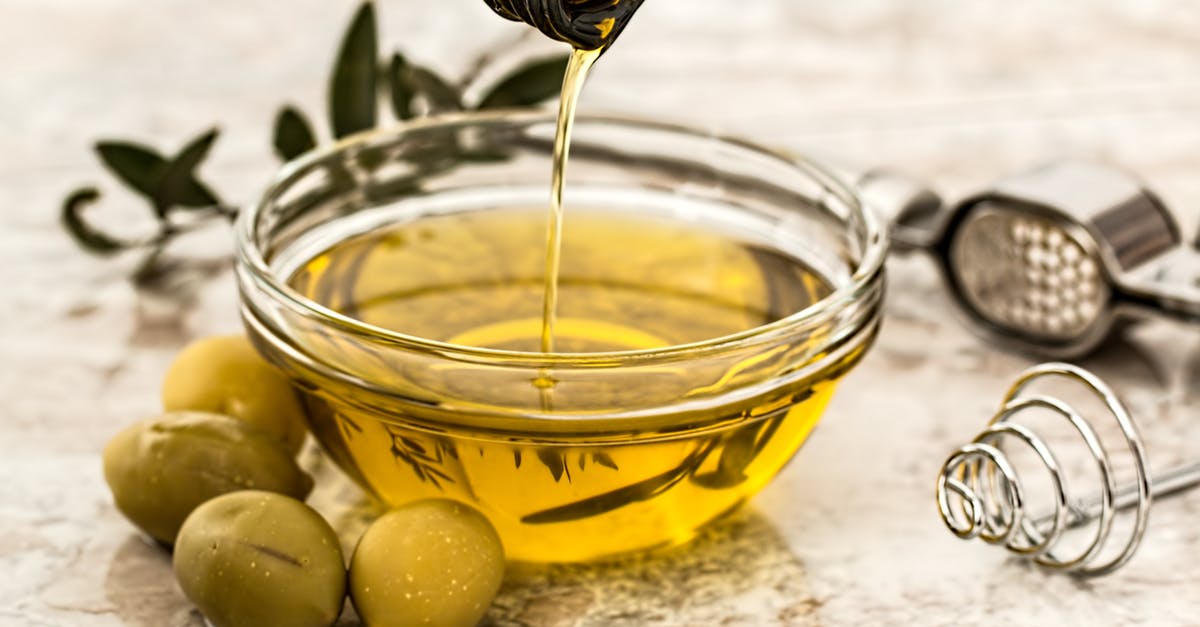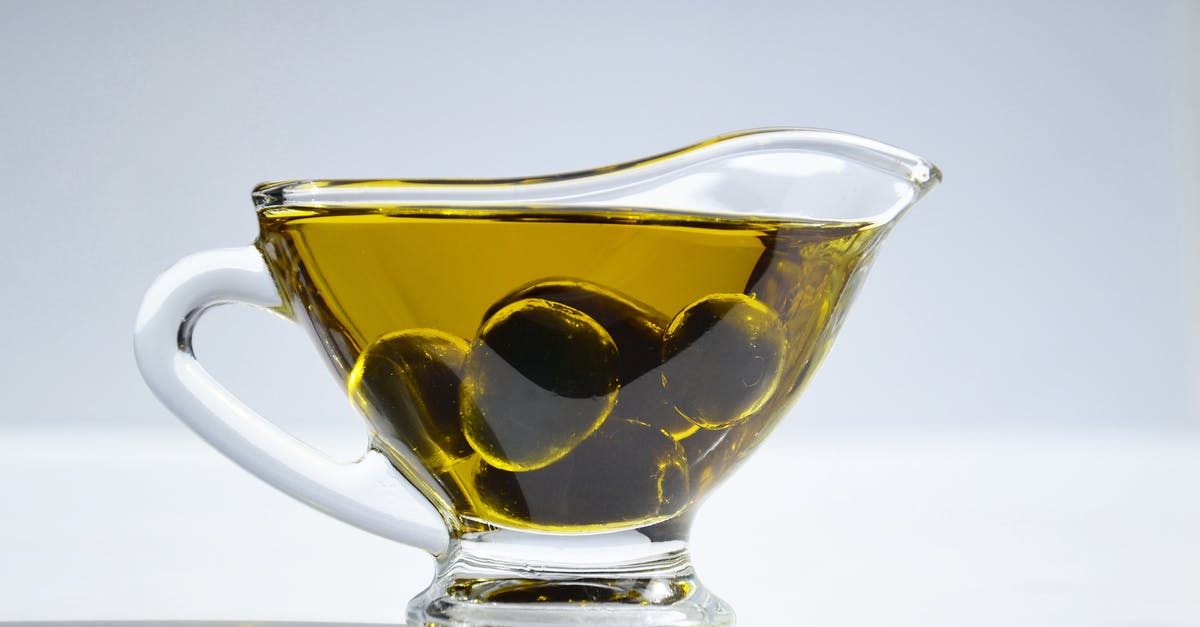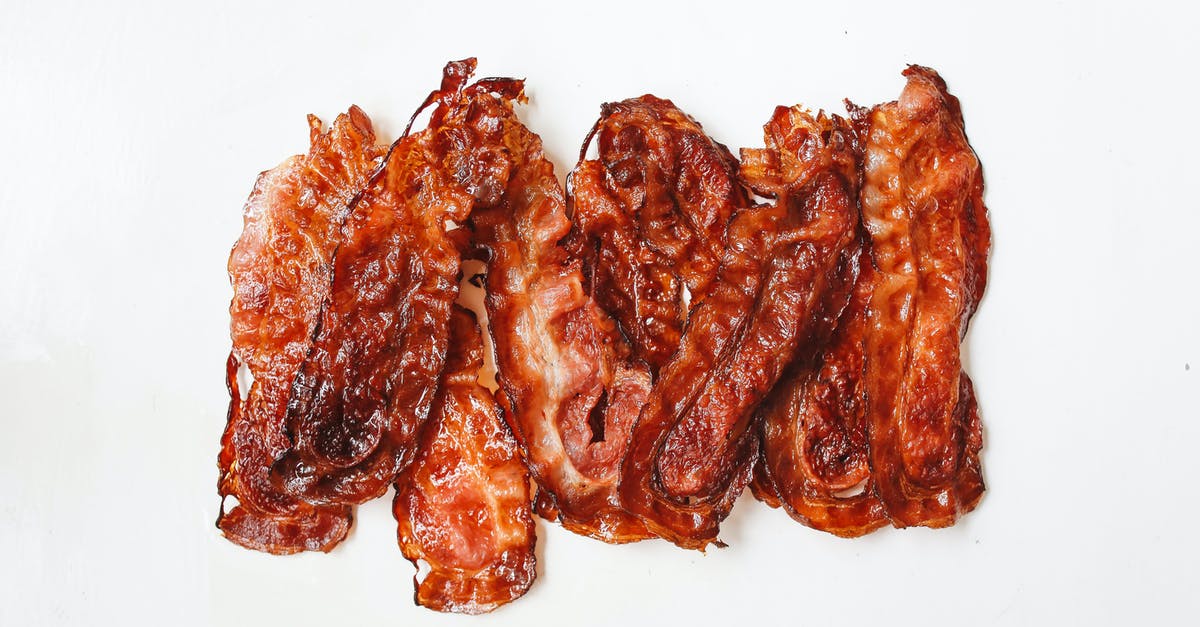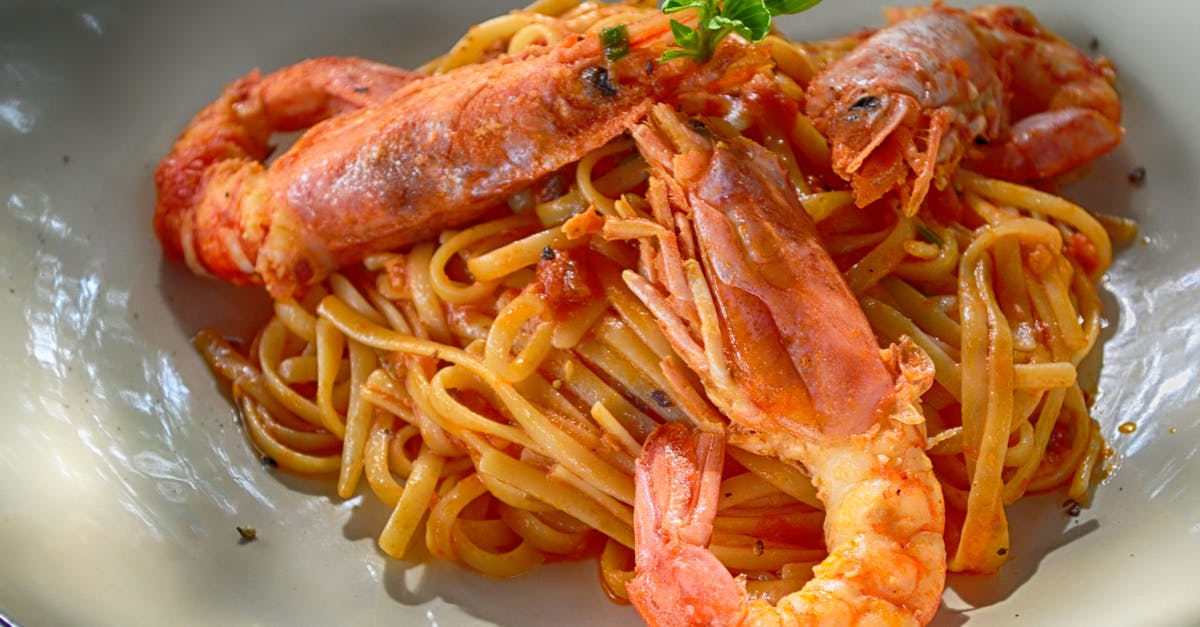What is the difference between normal oils and cooking oils?

I am not proficient in cooking but I have one question which I am not able to figure out.
I have read on internet some oils should be used for dressing, other for cooking.
But to me, they all look same. I mean what will happen I use same oil for
- Cooking
- Deep frying
- Dressing
I mean, what's the difference and why is there a difference in cooking and dressing etc. in oils?
Best Answer
There are three major properties an edible fat (I am assuming you are not asking about inedible oils like petroleum based products) has that affect how it is best used:
- Flavor
- Saturation
- Smoke point
Properties
Flavor
The flavor of the fat is very important. So called neutral oils (like canola oil or refined grapeseed oil, or refined peanut oil, among many others) have very little flavor and so are suitable for almost any cooking task, as they will not interfere with or compete with the other flavors in the dish.
Other oils such as sesame oil are primarily used for the delicious flavor that they provide, and are almost more of a condiment than an oil for culinary purposes.
In between are oils like olive oil and coconut oil which have a distinctive flavor, but also have good qualities for cooking. Many non-oil fats used in cooking (like butter, or bacon fat, lard, or suet) also have distinctive flavors.
Saturation
The level of saturation in the fat controls how hard the fat is at room temperature.
Most oils are fairly low in saturation, and are so quite liquid even at room temperature. The major exceptions among the vegetable based lipids are coconut oil and cocoa butter. Coconut oil is solid at room temperature, and cocoa butter is actually quite hard at room temperature.
Note that while you only asked about "oils", many common cooking fats not usually called an oil are much more saturated, including butter, lard, and hydrogenated vegetable oil such as the US brand Crisco.
The level of saturation can affect texture of baked goods made with a given oil, and whether the fat is suitable for the creaming method or in making laminated pastry in baking.
Saturated fats also resist rancidity better over time better than non-saturated fats (although they are still subject to rancidity).
Smoke Point
The smoke point of a fat or oil is temperature to which it can be heated before it begins smokng.
Oils which have a high smoke point (such as grapeseed oil or peanut oil among others) are more suitable for high temperature searing, or deep frying.
Applications
The oil for a given application is based on the properties it has.
Cooking
For general cooking uses (by which I am inferring general sauteeing, shallow frying, greasing of casserole dishes, and so on is meant), normally you want a fat which is either:
- Neutral in flavor so as not to interfere with the dish. The neutral oils are all useful for this.
- Complimentary in flavor, to enhance the dish. Many cuisines have traditional fats which are flavorful, but are integrated into their cuisine, such as olive oil or butter.
Saturation matters less (as the fat can be melted before greasing a pan, for example), and smoke point is not terribly relevant unless the application is searing, in which case you want a very high smoke point.
Depending on the application and the cuisine from which a dish derives, almost any oil or fat may be used for general cooking purposes. The major exception is sesame oil, which is so flavorful that it is used as a condiment, not a fat, for culinary purposes.
Deep Frying
The most important aspect for deep frying is smoke point. A low smoke point oil would break down and add off flavors to the dish (not to mention making the kitchen smoky and setting off smoke alarms).
Secondarily, for oils that are going to be reused over time, saturated fats such as hydrogenated vegetable shortenings break down more slowly, and may be considered advantageous.
Generally, flavorful oils are not indicated, as the same factors that give them good flavor often give them low smoke points.
Some good oils for deep frying include peanut oil, canola oil, or hydrogenated vegetable shortening.
Dressing
For most dressings (by which I infer you mean salad dressings as used in many Western style cuisines), the most important factors are flavor and saturation.
You want an oil with good flavor (such as olive oil) or neutral flavor (such as the many neutral oils like canola, refined peanut, corn oil, and so on).
Most dressings also need an oil which is liquid at room temperature, and thus low in saturation. The major exception is the class of hot dressings made with bacon fat.
Many dressings are made from olive oil, or one of the neutral oils.
Baking
While you did not ask about baking applications, there are two types of baking which require a fat with specific properties: cakes made by the creaming method, and laminated pastries like croissants or puff pastry.
These applications require a fat which is solid at room temperature, but still plastic enough to be manipulated. Generally, only butter and hydrogenated vegetable oil are suitable.
Bottom Line
The oil or fat you choose for any particular purpose will be based on what is best for that application—but a good neutral oil with a high smoke point such as refined peanut oil or canola oil can serve the vast majority of culinary purposes most of the time.
See also:
Pictures about "What is the difference between normal oils and cooking oils?"



Quick Answer about "What is the difference between normal oils and cooking oils?"
All vegetable oils are cholesterol-free as they are derived from plants. Different oils have different uses. High-quality oils, such as extra virgin olive oil, lose their flavour when heated and are much better used cold as a dressing, while oils like canola oil thrive at a higher temperature and are ideal for frying.Is cooking oil and oil the same?
Crude oil and vegetable oil are both natural oils, but share very different properties and uses. As a general rule, crude oil refers to oil extracted from the earth, whereas vegetable oil is classed as a food ingredient, used for cooking.Is there a difference between cooking oil and vegetable oil?
Vegetable oil is often a mix or a blend of different types of oils. It's a more generic type of oil that many people use in their everyday cooking. Vegetable oil is often an inexpensive choice that can be used for all kinds of cooking. And like canola oil, it has a neutral flavor.What is the difference between oils for cooking?
The most significant difference between each of these four oils is their fat profile: Extra virgin olive oil is highest in monounsaturated fats. Organic virgin coconut oil contains the highest levels of saturated fats. Pure vegetable oil has the most polyunsaturated fatty acids per tablespoon.What is normal oil for cooking?
You can find the most popular oils in most grocery stores. Canola oil. This common oil is extracted from the rapeseed plant. Its neutral taste and high smoke point make it a good choice for frying, sauteing, and baking.Products Explained: Know Your Cooking Oils
More answers regarding what is the difference between normal oils and cooking oils?
Answer 2
In addition to the excellent primer by SAJ14SAJ, I would even more stress smoke point of various oils.
Oils burn and give food a nasty flavor if they burn. You should be very careful not to use oil in applications that will cause oil to become higher in temperature than that oil's smoke point. Smoke Points of Oils
Sources: Stack Exchange - This article follows the attribution requirements of Stack Exchange and is licensed under CC BY-SA 3.0.
Images: Pixabay, Mareefe, Polina Tankilevitch, Dana Tentis
